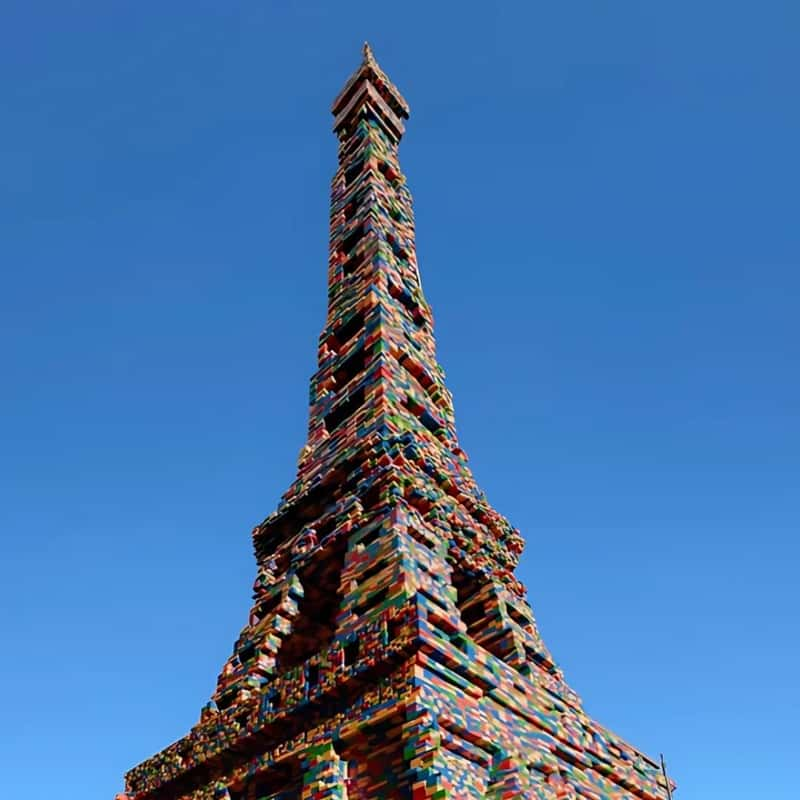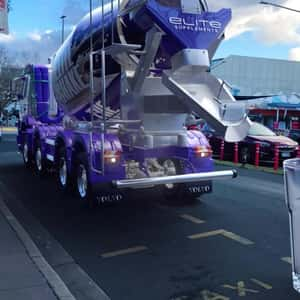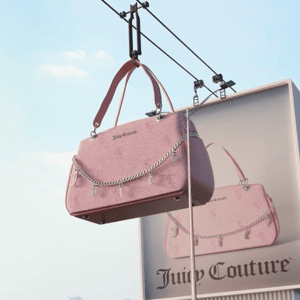FOOH Creator Spotlight: The Sun Project
The Sun Project shows FOOH at its best: one human trigger, instant cause-and-effect. Read the full interview here.

What does great FOOH look like? It feels captured, not contrived; one clear action sets everything in motion, and the viewer senses cause-and-effect instantly. That’s the French studio The Sun Project in a sentence. With roots in immersive advertising (AR/XR/experiential), they translate participation into film language: a hand enters a frame, presses, draws or pulls on something, and the CG responds. That simple trigger gives the audience a role, establishes scale, and blends the illusion into the scene before anyone goes hunting for seams.
And brands sure notice: Trusted by LEGO, BHV, Kitsuné and many more, the team builds for credibility first and lets reach follow. “FOOH is, above all, about strong narrative and emotional impact. The technique comes after,” says Co-founder Marcus Benisty. AI is used upstream to explore directions and align quickly; final shots are resolved in CG and compositing to match the plate – light, motion, and timing included.
For marketers and creators, the takeaway is practical: design a single beat the camera could plausibly witness, anchor it with a human trigger, match the world you shot, and use AI only to shorten the path to a decisive brief.
The full interview Q&A with Marcus Benisty follows below.
Interview Q&A
How did you get started in FOOH?
We started working on FOOH in 2022. Our background is in AR, XR, and CGI. At first, we focused heavily on Instagram and Snapchat filters, but in 2022 we began integrating VFX into real-life footage. That’s when FOOH really became part of our DNA.
What does a typical FOOH project timeline look like for your team—from brief to final render?
Every project starts with a strong conceptualization and research phase. From there, we move into scouting and planning, then the shooting stage, followed by 3D production, integration, and final renders. Each step is carefully aligned with the brand’s storytelling needs.
How do most new clients find you—is it word-of-mouth, visibility from viral work, or direct outreach?
Mostly through word-of-mouth, but also via Instagram. When brands see our latest creations go live for our clients, it often sparks new collaborations.
Have you experimented with AI tools (e.g., GenAI, AI motion, or asset generation) in your concept or production workflow?
Yes, occasionally—mostly during the inspiration and early visualization phase—to show clients what a concept could look like. They’re great tools for early visualization.
Do you see AI playing a bigger role in FOOH or CGI in the next 1–2 years—or are you cautious about it?
Definitely—it’s a revolution. The key challenge now is defining the limits of how far we want to go with storytelling. FOOH is, above all, about strong narrative and emotional impact. The technique comes after, even as AI becomes part of almost every workflow.
How do you stay inspired between commercial projects?
Constant benchmarking and staying up to date with industry news are essential. That’s where most of the inspiration comes from.
What’s something people often misunderstand about doing FOOH or full-CGI work?
Many people confuse AI-generated visuals with true FOOH projects. Another common misunderstanding is the difference between AR real-time experiences, which don’t require rendering, and FOOH, which is entirely human-driven and produced in 3D from start to finish.
If you could collaborate with any brand/IP tomorrow, who would it be—and what format?
We’ve worked with at least 200 different brands, but we would love to collaborate with brands that have a strong cultural footprint, like Apple or HBO, to push the boundaries of immersive storytelling through FOOH—blending iconic narratives with unexpected cityscapes.
How do you see FOOH as a format developing in the next year? What would you like people to realize about FOOH?
We see FOOH becoming even more integrated into brand campaigns, not just as a one-off viral moment but as a strategic storytelling tool. We’d love for people to realize that beyond the wow factor, FOOH is about creating lasting emotional connections between brands and audiences.



